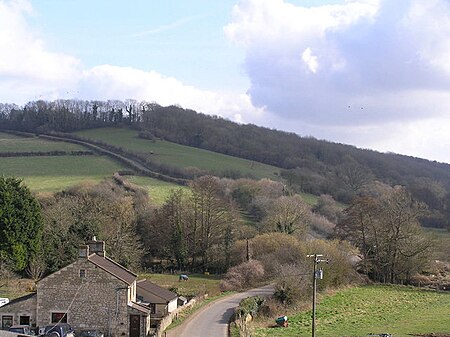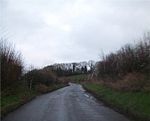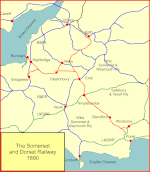Hinton Hill, Wellow
English Site of Special Scientific Interest stubsSites of Special Scientific Interest in AvonSites of Special Scientific Interest notified in 1996Somerset geography stubs

Hinton Hill, Wellow (grid reference ST757582) is a 0.25 hectare geological Site of Special Scientific Interest (SSSI) near the village of Wellow in Somerset, notified in 1996. The site is of importance to studies of the stratigraphy of the Middle Jurassic of the Bath district, and the British Bathonian as a whole.Hinton Hill, Wellow is governed by a local planning authority named Bath and North East Somerset and is named as a Site of Special Scientific Interest.
Excerpt from the Wikipedia article Hinton Hill, Wellow (License: CC BY-SA 3.0, Authors, Images).Hinton Hill, Wellow
Hinton Hill,
Geographical coordinates (GPS) Address Nearby Places Show on map
Geographical coordinates (GPS)
| Latitude | Longitude |
|---|---|
| N 51.32238 ° | E -2.3501 ° |
Address
Hinton Hill
Hinton Hill
BA2 8QT
England, United Kingdom
Open on Google Maps









